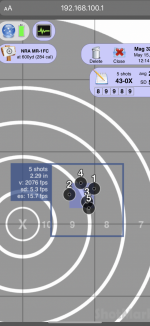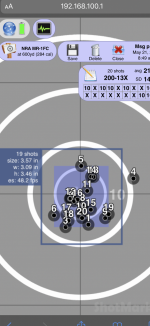I’ve been having problems with neck splits on 6.5 cases in as short as 5 firings. Since I don’t load max loads, I have never had an issue with primer pockets. So worrying with loose primer pockets is a moot point if the brass is split from the mouth to the shoulder. Since annealing at each reloading session, maybe I will get to the this loose primer pockets everyone seems so concerned about. Especially since I am no longer having problems with my 6.5 and 6 brass having premature neck splits.
However, in honesty, I simply don’t believe in max loads which seems to be the issue with loose primer pockets. Steel, animals and just about everything can’t tell the difference between getting hit with a bullet that was launched a 100FPS faster or slower (But the rifle sure can and since barrels are not cheap and not easy to come by, so why push?).
Think I am crazy about max loads. Check out the majority of early S&W Model 29’s. Pushed to and sometimes past the limit to knock down 65 pound steel silhouettes at 200 meters, many have stretched frames.



